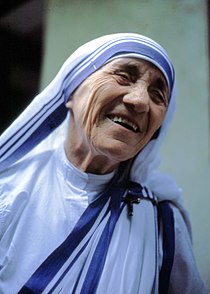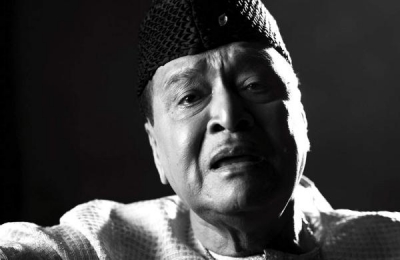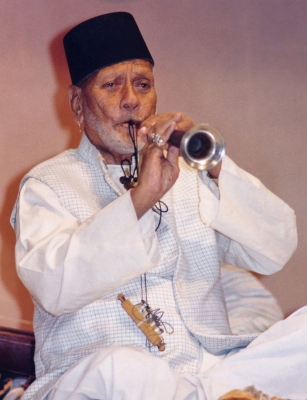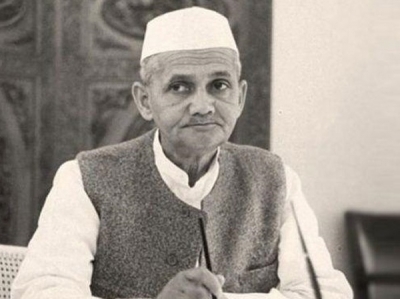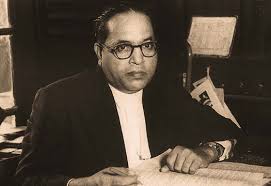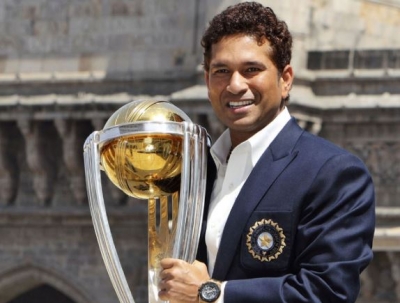
Sachin Ramesh Tendulkar is a former international cricketer from India and a former captain of the Indian national team. He is widely regarded as one of the greatest batsmen in the history of cricket. He is the highest run scorer of all time in International cricket. Considered as the world’s most prolific batsman of all time, he is the only player to have scored one hundred international centuries, the first batsman to score a double century in a One Day International (ODI), the holder of the record for the most runs in both Test and ODI cricket, and the only player to complete more than 30,000 runs in international cricket.
In 2013, he was the only Indian cricketer included in an all-time Test World XI named to mark the 150th anniversary of Wisden Cricketers’ Almanack. He is affectionately known as Little Master or Master Blaster.
He retired from Twenty20 cricket in October 2013 and subsequently retired from all forms of cricket on 16 November 2013 after playing his 200th Test match, against the West Indies in Mumbai’s Wankhede Stadium. Tendulkar played 664 international cricket matches in total, scoring 34,357 runs.
Picture Credit : Google



